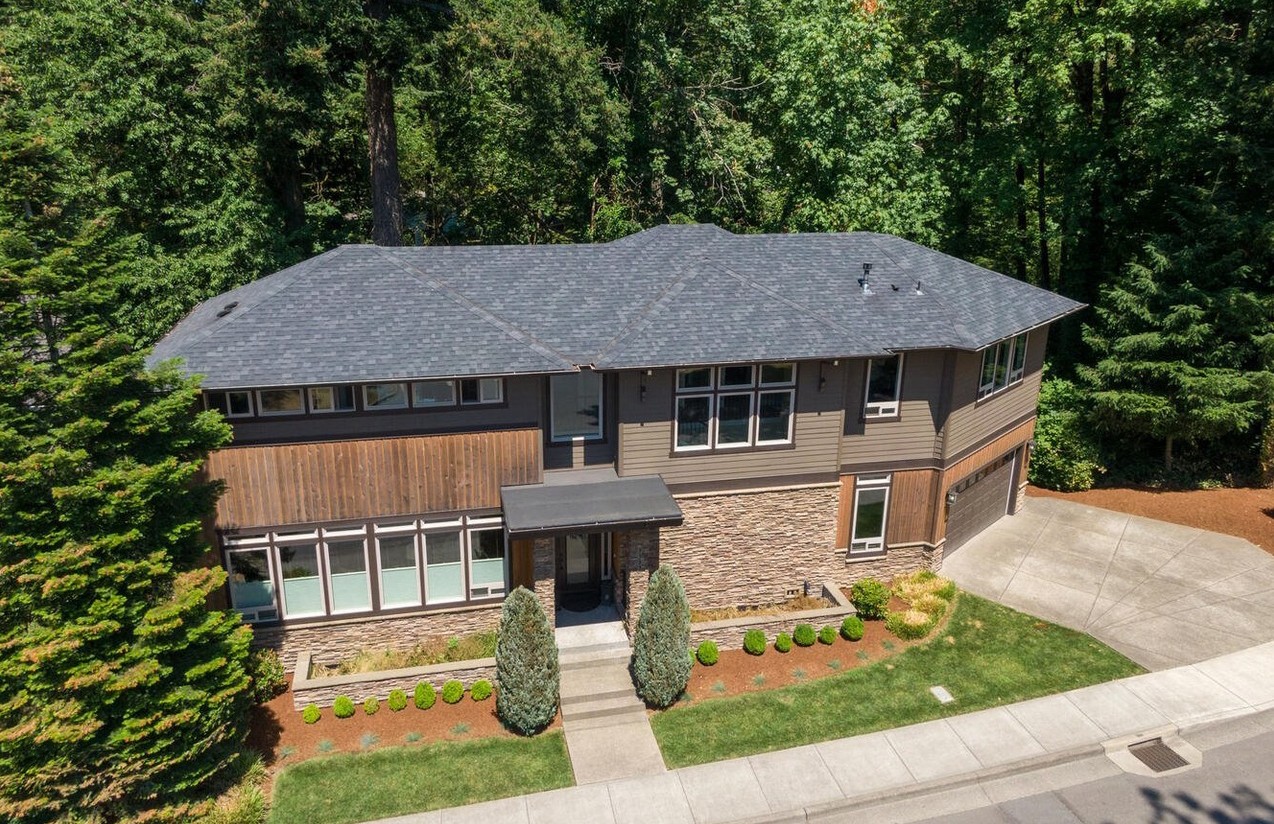New Home Sales and Manufacturing Signal Rising Economy

Even though raw materials continue to be in scarce demand, U.S manufacturing activity in Q3 of this year was incredibly strong. As our economy reopens, there has been a sharp increase in domestic demand. This may not be sustainable, but it is a good sign as factories look to get back on their feet. IHS Markit provided data related to the economy. It found that in the first half of this year, the PMI for manufacturing in the United States stood at 60.6. That is the highest they’ve recorded for the sector since May of 2007. With manufacturing making up close to 12% of the economy, you can see how that is a very positive sign of growth.
The housing market also had a strong showing. In fact, new home sales were at their highest point in almost 15 years. Much of this spending is being powered by the recent $1.9 trillion stimulation package, along with vaccination rates continuing to grow.
In the retail sector, March of 2021 was another booming month, and it’s expected that this trend will continue into the near future. It may be that the economy is on track for the best growth it’s seen in 40 years.
The Centers for Disease Control and Prevention (CDC) estimates that well over ⅓ of the adult population of the United States is fully vaccinated, and close to 60% have received at least one dose. With added protection and money flowing into people’s hands, the hope is that the economy will recover strongly from Covid-19.
That said, one issue is that with such high demand, supply is starting to dwindle. The effect of the pandemic in 2020 and into 2021 has meant that factories and suppliers have lost labor, meaning they are not able to produce at their normal levels. This has caused the price of materials to rise. IHS Markit has found that manufacturers are paying their highest prices since the economic downturn of 2008. These can be directly attributed to supplier shortages, as well as an increase in shipping costs.
Unfortunately the rising cost of materials and other inputs is going to push inflation past forecasts and targets. The Federal Reserve had set a target of 2%, but it may go higher than that if supply chains continue to be stunted. If they are able to adapt, then inflation can be better controlled over the long-term. The industry that is perhaps most indicative of the material shortage is automobiles. There is currently a global shortage of semiconductors, meaning that many plants have had to lay off staff and cut their production.
The housing market has also been hit hard by supply issues. Lumber prices are at a record high, which means that home builds are incredibly expensive. Pre-pandemic, there was already a shortage of previously-owned homes for sale, and the lack of new home builds is only exacerbating that shortage. However, home sales shot up almost 21% in March, which means that 1.021 million were sold. That would signify the highest rate in 15 years. Industry experts had forecast sales to be in the range of 880,000 units. What is happening is that since there is so much demand from previously-owned homes, they are being purchased almost immediately after they go on the market.
Low Supply, High Demand
One of the major trends in housing as a result of the pandemic is the demand for bigger homes. This also tends to mean more expensive homes. This is a result of so many people going to work and school from home and spending so much time indoors with each other. They want more space, and nicer accommodations in which to spend their time. However, housing contractors are having a difficult time keeping up with these new home builds since they are short on labor and on land.
Compared to last Q3 of 2020, the median home price went up 0.8%. However, in those numbers is a decrease in previously-owned homes as prices have gone up and supply has gone down. In March there were 307,000 new homes on the market, which was the same as the month before. Estimates show that clearing this backlog would take around 4 months.
In most cases, tight inventories is a boon for the home building market. This might be the case down the road, but at the moment, with such a shortage in supply, it simply has not been so far. There are some positive signs, however. Just last month, 74% of the homes that were sold had yet to be built, or were still being built.
